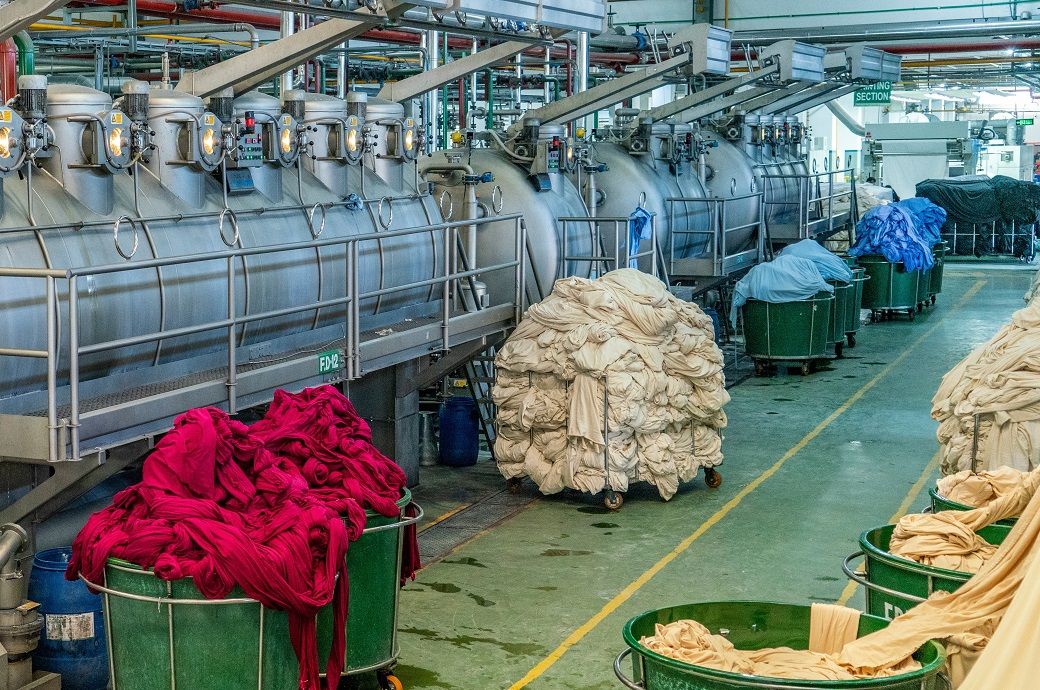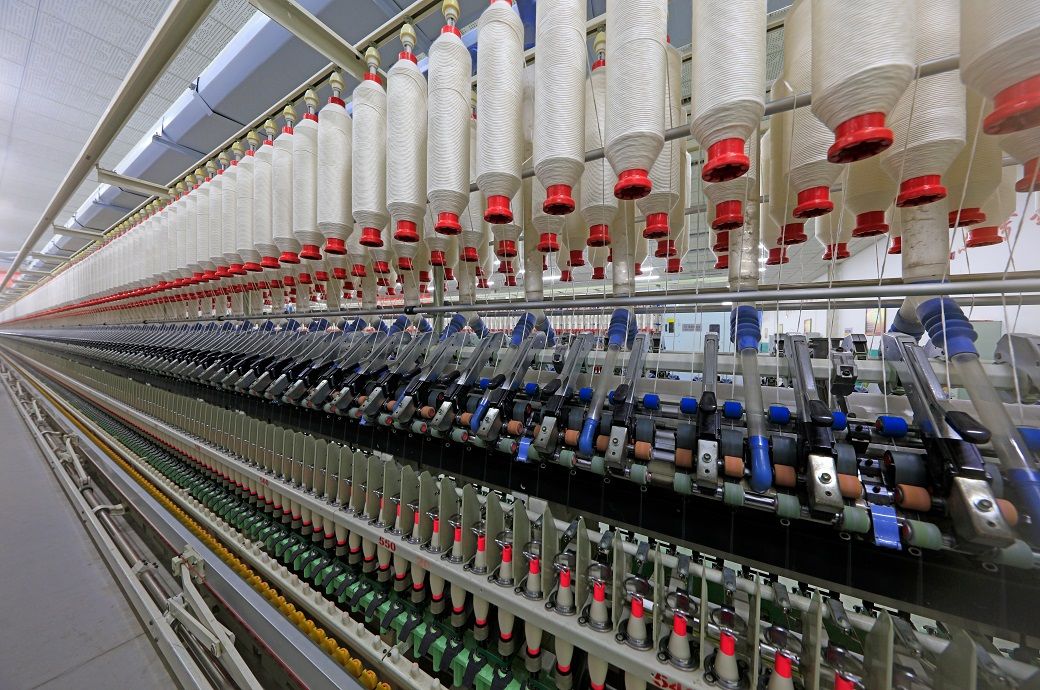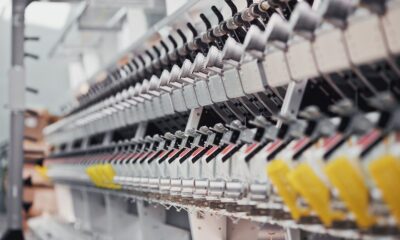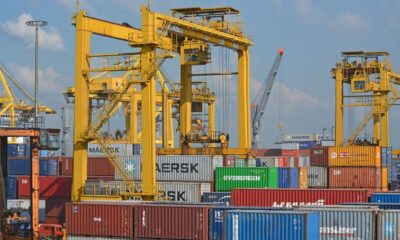Fashion
Ludhiana dyeing units shut amid Sutlej river flooding

The Municipal Corporation of Ludhiana said the backflow of the river at Bhattian Sewage Treatment Plant (STP) had affected its functioning. Sewer lines are becoming overloaded, which may cause overflow in low-lying areas. Therefore, dyeing clusters have been instructed to suspend operations temporarily.
Ludhiana’s textile dyeing industry has been forced to shut down temporarily due to a flood-like situation caused by rising water levels in the Sutlej river.
The Municipal Corporation ordered closure of all dyeing clusters and processing units from September 1, citing backflow and sewer overflow risks.
Over 300 units, including large-scale operations with 10-tonne daily capacity, have been impacted.
Authorities have informed local industry bodies including Bahadur Ke Dyeing Association, Tajpur Road Dyeing Association, Industrial Area A and Moti Nagar units, the dyeing cluster in Focal Point, scattered dyeing and washing units, and all industries located between Samrala Chowk and Jalandhar Bypass.
Ludhiana’s textile dyeing industry operates on a significant daily scale, with over 300 units ranging from small to large enterprises. More than a dozen industrial units have a daily dyeing and processing capacity of over 10 tonnes of fabric each, while hundreds of small and medium units are also operational. Treatment infrastructure includes three Common Effluent Treatment Plants (CETPs) with a combined capacity of 105 million litres per day.
Fibre2Fashion News Desk (KUL)
Fashion
Canada’s suit imports fall in Jan-Aug as casualwear demand rises

Import volumes mirrored the same trend. Canada imported *.*** million units in the first eight months of ****, down from *.*** million units in the same period of ****. The average landed price dipped further to $**.** per suit, marking a cumulative decline of nearly ** per cent since ****, when the average stood at $**.** per unit, according to *fashion.com/market-intelligence/texpro-textile-and-apparel/” target=”_blank”>sourcing intelligence tool TexPro. Retailers have been moving towards lower-value assortments as consumers prioritise affordability, prompting sourcing shifts to cheaper origins and lower-spec tailoring.
The price reduction suggests increased competition, lower unit-value buying, and retailers favouring budget sourcing channels rather than premium tailoring suppliers—a response to elevated inventory pressures, cautious buying cycles, and slower store traffic for formalwear categories.
Fashion
How spinning sector strain is putting Bangladesh’s RMG might at risk

Bangladesh’s spinning sector is reportedly facing severe pressure from soaring costs, volatile cotton prices, and a surge in cheap yarn imports, even as industry leaders warned of potential shutdowns, risking millions of jobs.
In view of the existing scenario, stakeholders sought urgent support—gas price cuts, incentives, and anti-dumping measures to stabilise the sector.
Source link
Fashion
Indian rupee dips below 90 per US dollar mark for 1st time

It dropped to a record low of 90.13 against the US dollar, breaking its previous all-time low of 89.9475 touched a day earlier.
The Indian rupee fell sharply yesterday, dipping below past the crucial 90-per-US dollar level for the first time.
It dropped to a record low of 90.13 against the US dollar, breaking its previous all-time low of 89.9475 a day earlier.
The sharp fall in the rupee came amid weak trade and portfolio flows, restrained intervention by the central bank as well as the lack of clarity over a India-US trade deal.
The sharp fall in the rupee amid weak trade and portfolio flows, restrained intervention by the central bank as well as the lack of clarity over a India-US trade deal also weighed on domestic equity markets.
The development raised concerns about inflation and foreign investor activity.
The Reserve Bank of India’s monetary policy is expected to announce the interest rate decision on December 5.
Fibre2Fashion News Desk (DS)
-

 Entertainment3 days ago
Entertainment3 days agoSadie Sink talks about the future of Max in ‘Stranger Things’
-

 Tech4 days ago
Tech4 days agoGet Your Steps In From Your Home Office With This Walking Pad—On Sale This Week
-

 Sports3 days ago
Sports3 days agoIndia Triumphs Over South Africa in First ODI Thanks to Kohli’s Heroics – SUCH TV
-

 Fashion3 days ago
Fashion3 days agoResults are in: US Black Friday store visits down, e-visits up, apparel shines
-

 Politics3 days ago
Politics3 days agoElon Musk reveals partner’s half-Indian roots, son’s middle name ‘Sekhar’
-

 Tech3 days ago
Tech3 days agoPrague’s City Center Sparkles, Buzzes, and Burns at the Signal Festival
-
Uncategorized1 week ago
[CinePlex360] Please moderate: “Americans would
-

 Tech1 week ago
Tech1 week agoWake Up—the Best Black Friday Mattress Sales Are Here


















